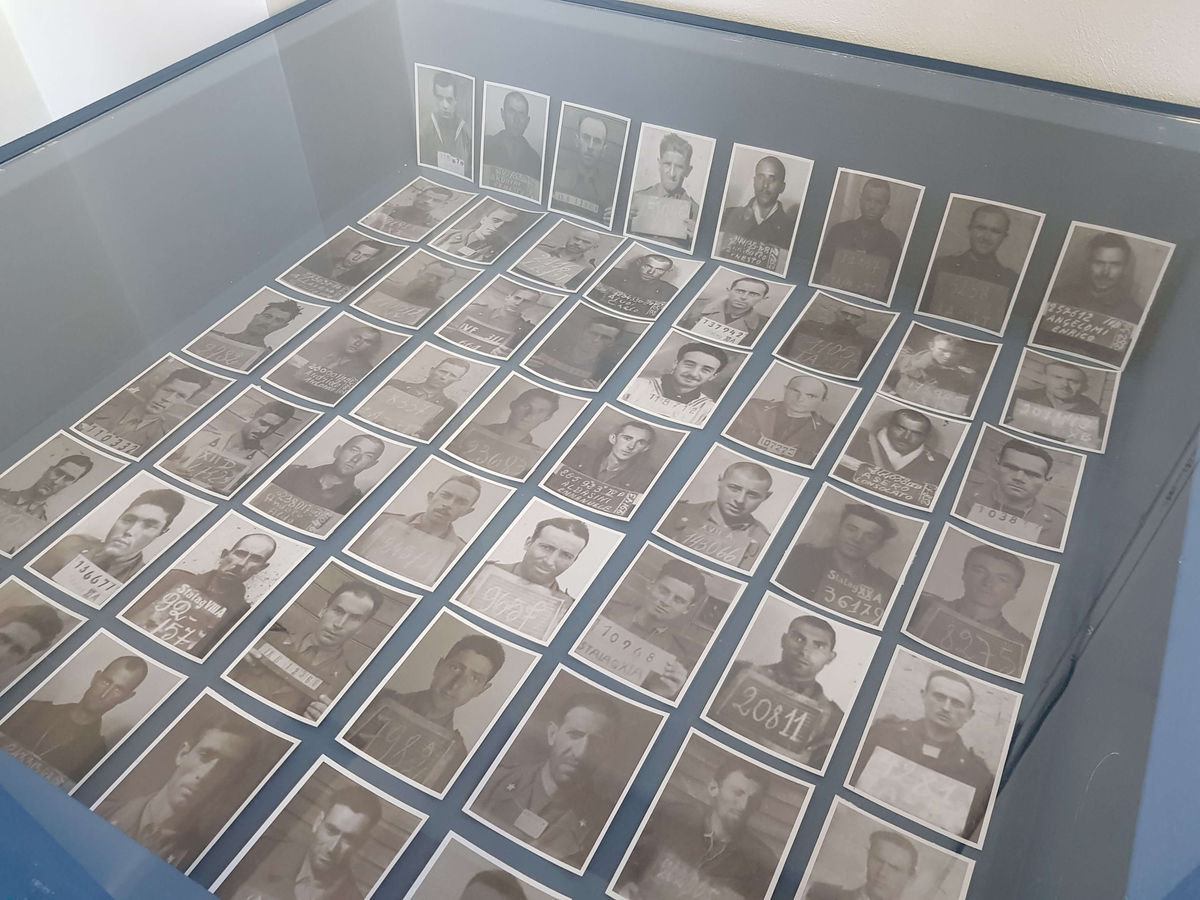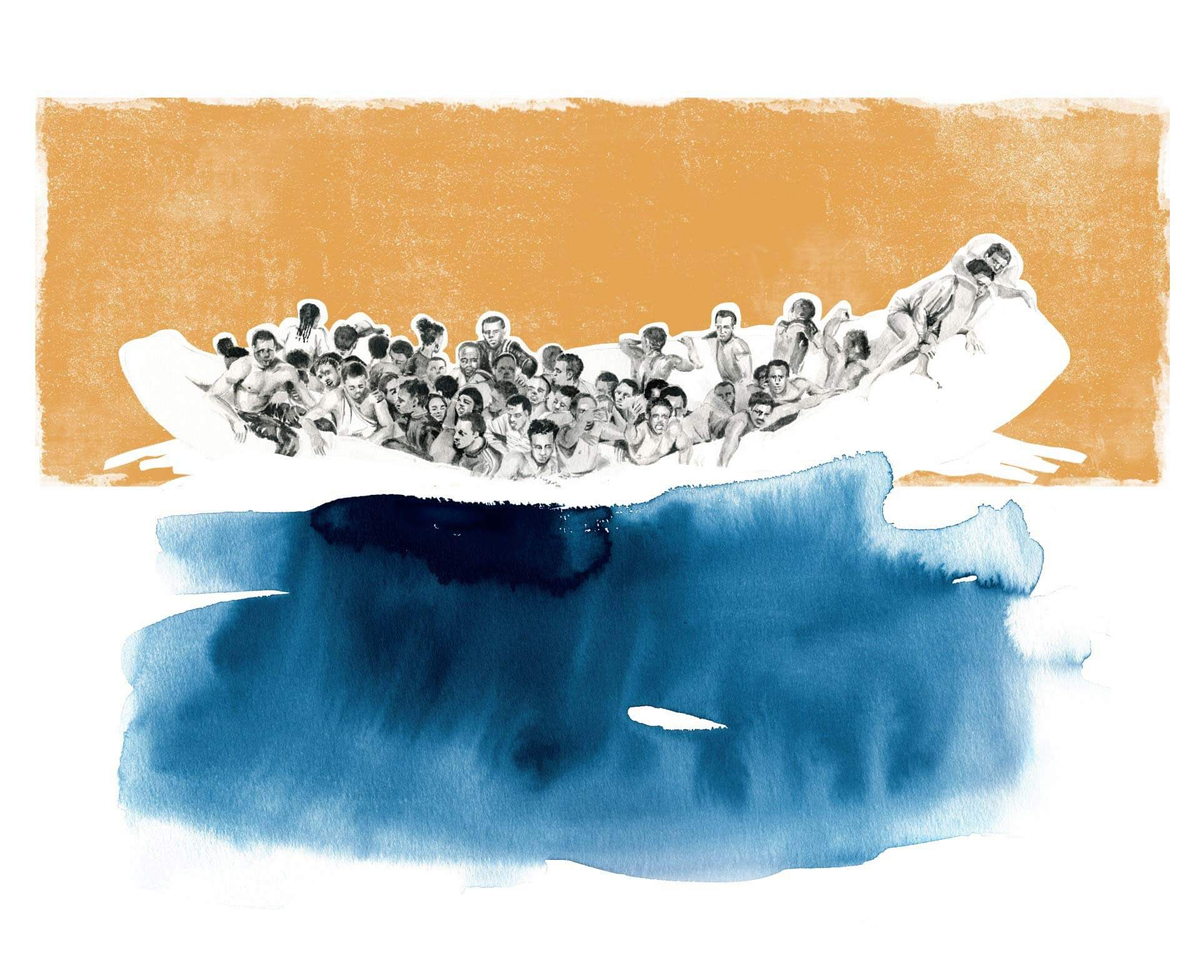Project DNA

Recognition and identification of the victims of shipwrecks
Since April 18th, 2015, the Comitato 3 ottobre has been regularly engaged in an effort to give names to the numerous victims of the massacres at sea. Currently, in Italy, there are thousands of deceased migrants at sea who remain unidentified. This activity is carried out thanks to a Protocol signed between the Comitato 3 ottobre, the Extraordinary Commissioner for Missing Persons, and the LABANOF Institute.
In collaboration with the Comitato 3 ottobre, the Laboratory of Anthropology and Forensic Odontology (LABANOF) at the Legal Medicine Institute of the University of Milan, led by forensic pathologist Cristina Cattaneo, strives to give names to the victims of shipwrecks by cross-referencing post-mortem data with ante-mortem data.
The goal is to provide an identity to those lifeless bodies, often men who embarked without relatives, friends, or acquaintances. Each body recovered at sea, wrapped in a black shroud, is analyzed: DNA, eyes, and teeth.

However, the real challenge lies in reaching the relatives of the victims to cross-reference the data. The objective is to reach every small village, every family group that has a relative who has crossed the Mediterranean. It is only through them that valuable ante-mortem data can be obtained to give a name to those who are currently just numbers.
The recognition and identification form remains available to the family members, friends, and acquaintances of the victims of the massacres at sea to serve as a means of communication with the relevant authorities and proceed with the identification process.
In 2021, it was possible to facilitate the identification procedures for 10 families, resulting in providing a definite identity to three family units.
To date, there is no integrated system for counting deaths, and many of those who have lost their lives at sea will never be brought ashore, or if they do, they will likely be deposited without a name or funeral in a cemetery in southern Italy or Greece.
I will never tire of emphasizing the urgency of creating a European DNA database and initiating a European collaboration project to ensure the right to identification for the thousands of unnamed bodies buried in European cemeteries. Italy has a model that can be extended to all twenty-seven Member States.
The issue of identification is not insignificant, not only because we are talking about human beings who have lost their lives, but also because of the families and individuals who continue to wait for emotional closure that never comes. The lack of identification has far-reaching effects, not only on the psychological well-being of the families but also significant bureaucratic repercussions. First and foremost, it is important to make every possible effort to identify the deceased in accordance with the dignity of the deceased and their families, a right guaranteed and protected by multiple legal frameworks.

Furthermore, in the absence of certain identification, the death certificate, a crucial document for civil and administrative matters, cannot be issued. Among these matters, it includes the impossibility for an orphan to avail themselves of the opportunity to be reunited with their surviving relatives. The third aspect concerns the right to health, particularly the mental health of the surviving family members.
The inability to have certainty that a next of kin has indeed passed away exposes individuals to a state of limbo, referred to as "ambiguous loss." This condition can be a precursor to the development of overt psychopathological conditions, including depressive syndromes. Lastly, in the absence of identification, any possibility of seeking justice for potential crimes committed against the migrant individual is precluded, as well as the potential for economic compensation or indemnification.